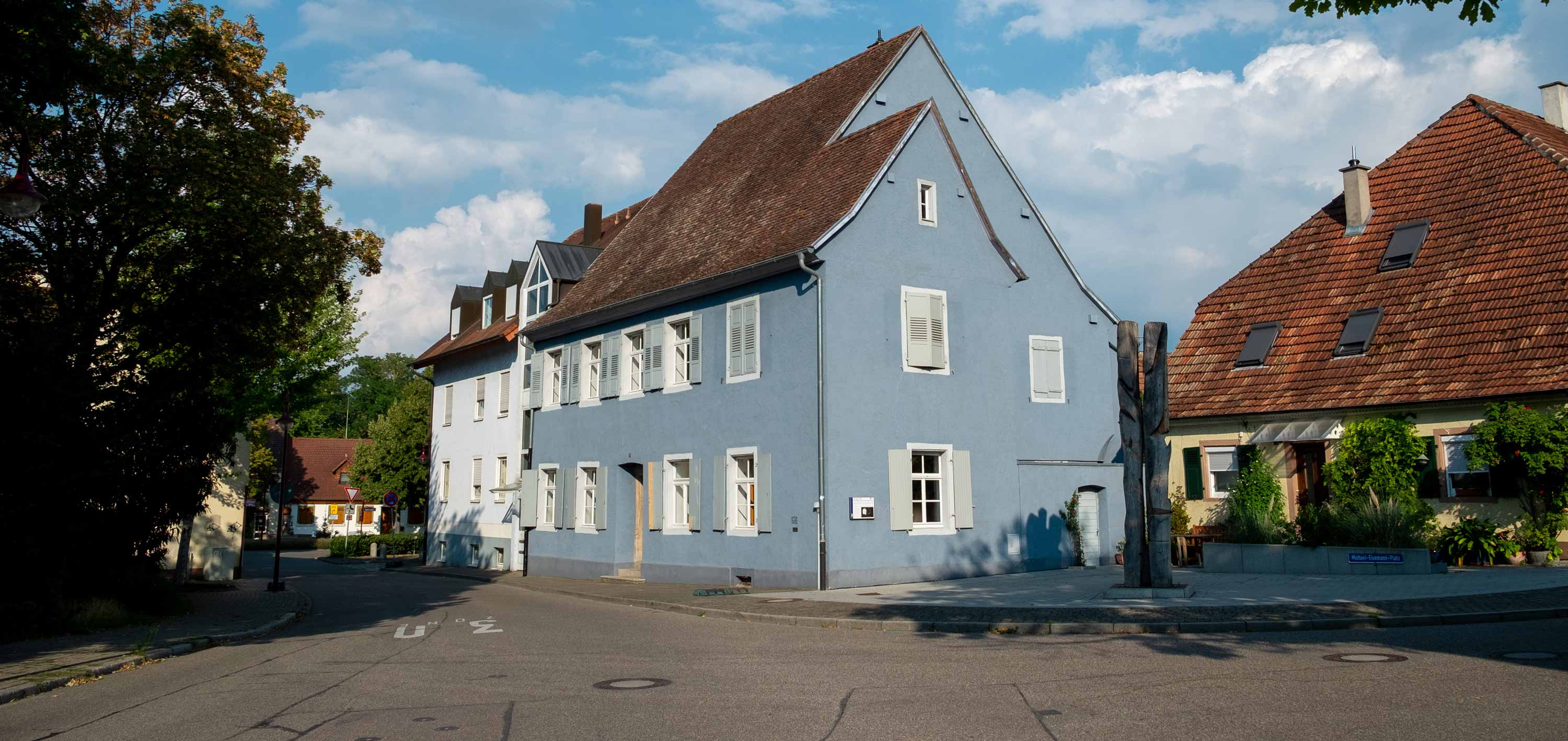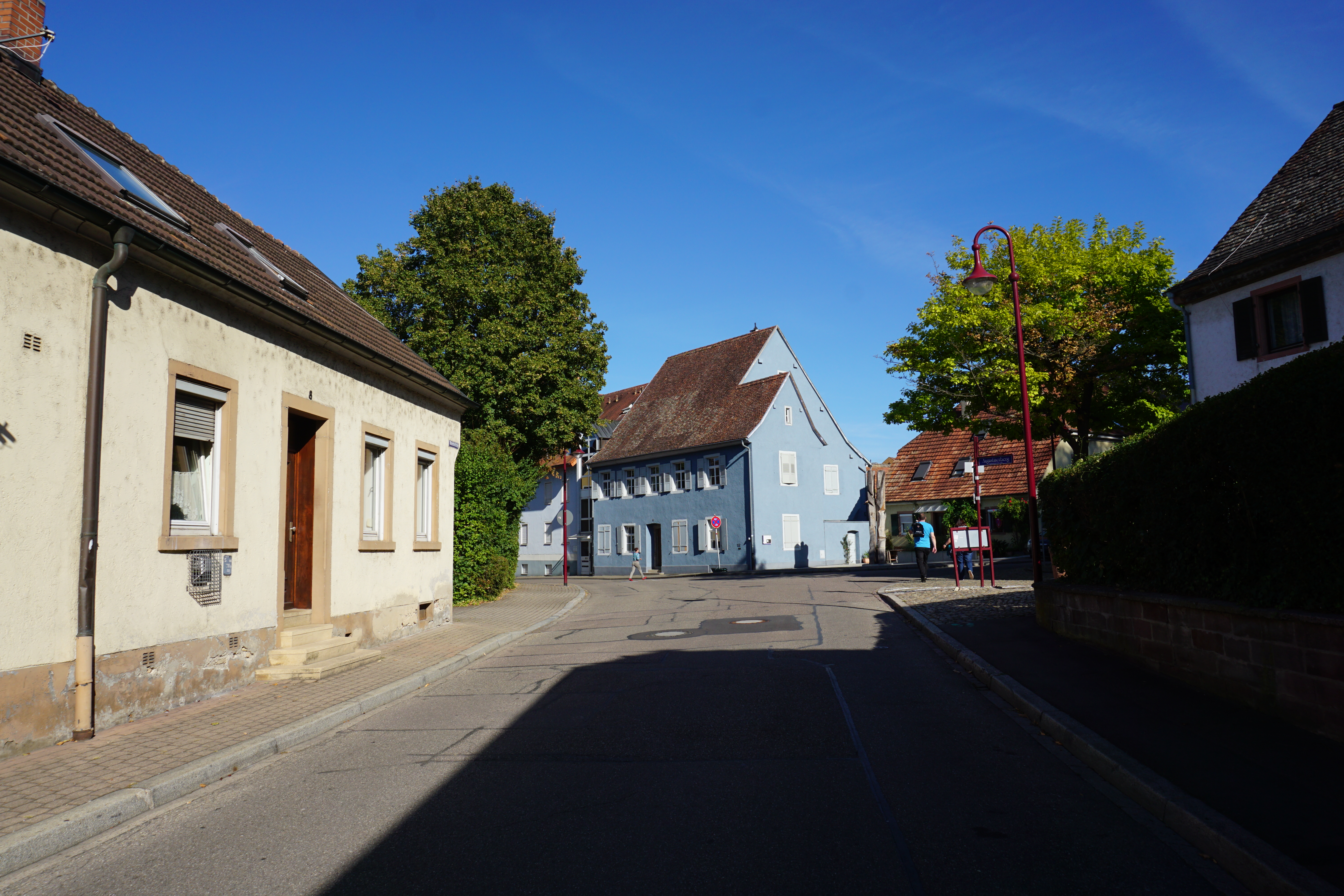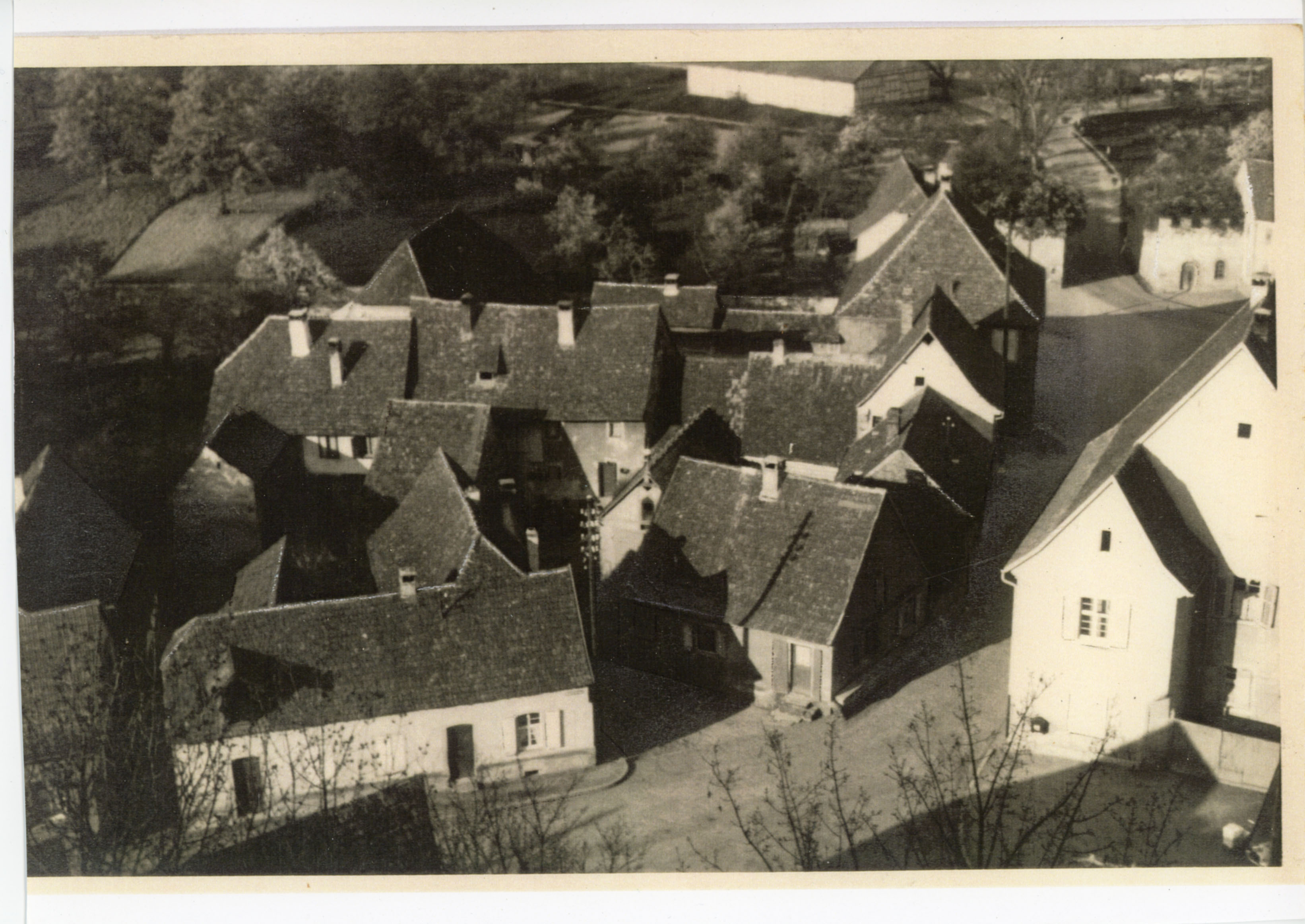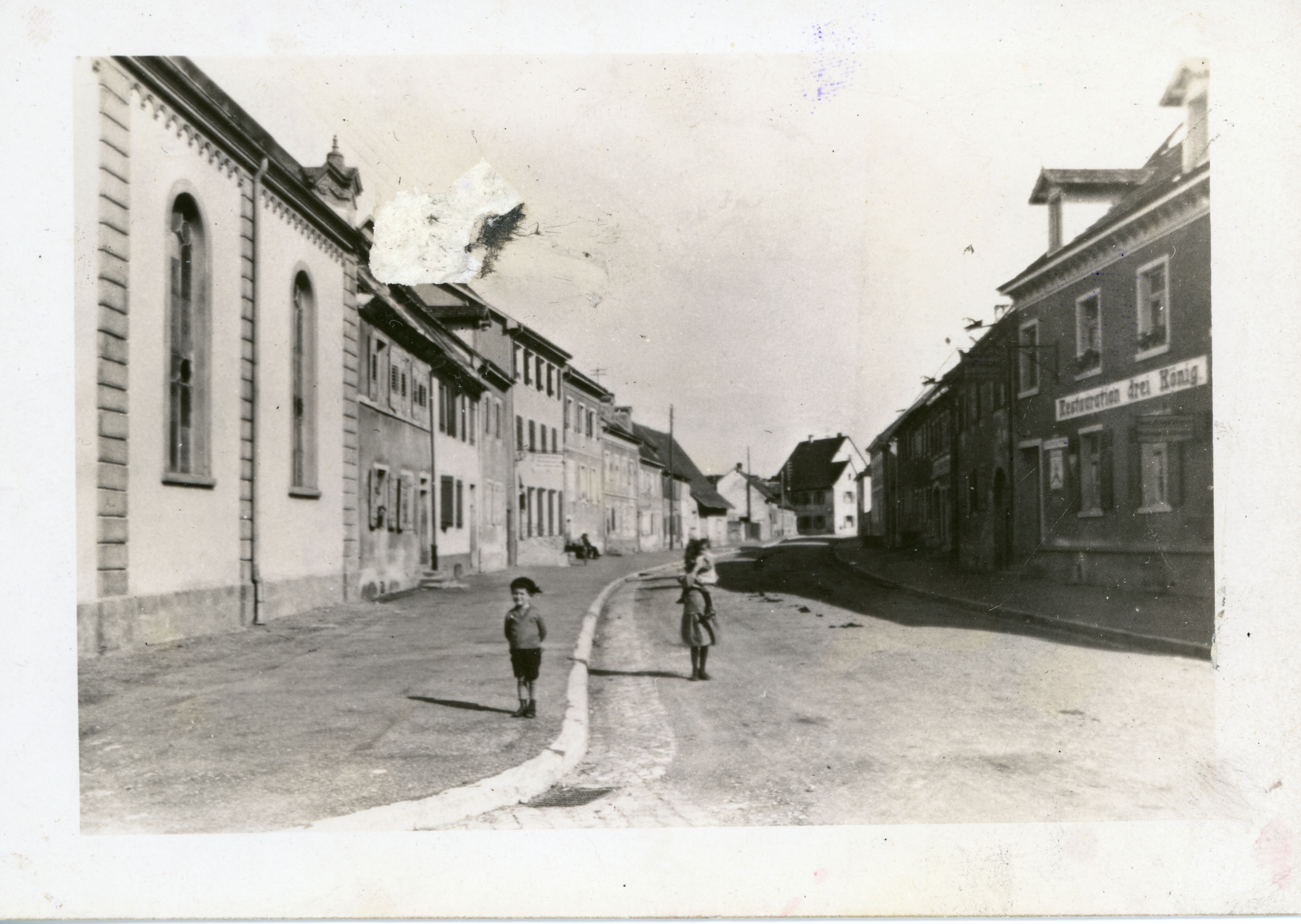The Blue House in Breisach
The Blue House in Breisach is a memorial site and educational establishment dedicated to the history of the Jews of the Upper Rhine.
Statement on the war in Israel and the Gaza Strip
The massacres by the terrorist organization Hamas against the Israeli civilian population and people from other nations in southern Israel on 7 October 2023 shock us deeply. They are the most serious attack on Jews since the Shoah and bring back memories of the darkest times of Jew-hatred. In the work of the memorials, we are connected with many Jewish families worldwide, with Holocaust survivors and their families. They in particular are experiencing an indescribable wave of memories of times of terror that they thought they could leave behind.
Our thoughts are with the victims in Israel, they are also with the Jewish communities in Germany, whose members are gripped by the great fear of also becoming victims of attacks.
Our thoughts are also with the people in the Gaza Strip. In Gaza, the Israelis and people from other nations who are being held hostage by Hamas are suffering. The Palestinian civilian population is also suffering, abused by Hamas as a human shield.
We stand firmly and united against all forms of anti-Semitism. We also condemn anti-Muslim racism, which is currently being spread excessively not only in right-wing extremist parties and groups in Germany. Humanity, being human, the dignity of the human being, unites us all and everyone is entitled to it.
Terror and violence must not have the last word! We hope that prudent advisors will show their governments ways out of the spiral of violence. Violence threatens not only the people in the Middle East, but the whole world.
Open on Wednesdays and Sundays 2–5 pm, further openings and guided tours on request.
UPDATES!! On Wednesday, April 10, 2024, the house will be closed for an internal event. Thank you for your understanding.
In the words of the President of the State Parliament of Baden-Wuerttemberg, Peter Straub, "We need places of concrete memory"(January 2000). For this reason, the Association for the Blue House began its work, purchasing the former Jewish community center in Breisach on Rhine in order to conserve and use it for the town and its visitors. The authenticity of a place – as we have learned from experience at memorials – allows us to grasp history and draw concrete lessons from it. Within the walls of this house, more than 700 years of history come alive.
Support us with your donation!
TOUR
We invite you to enter and get to know the house.
1. Entrance
When glancing upwards at the doorframe of the Blue House, the eye is caught by a pretzel and a roll. Both of them indicate that the owner had the right (in the middle ages: privilege) to work as a baker and innkeeper. The house was used as an inn for 140 years.
READ FURTHER
2. Hall – Path of Remembrance
On entering the narrow hall you become aware of more than 250 plaques with names, the writing in black and white, of all the Jewish residents who lived here in 1933.
READ FURTHER
3. From Dining Room to Classroom
In this large room of the inn “Zum St. Peter,” people ate, drank and played, probably also sang and quarreled, for decades. After 1829, this background noise was replaced by the voices of children and their teacher: The Jewish community of Breisach had bought the house in order to establish a Jewish elementary school.
READ FURTHER
4. Library
The door to the right of the entrance today leads into the “memory” of the house, the two rooms of the library. Here, people conduct digital and analog research, read and think. About 5,000 books are available, including Judaica, belles lettres, and a section with books for children and teens.
READ FURTHER
5. Garden and Art Installation
Rosebushes, lavender and hydrangea fill the large garden that is divided into lots. At the far end of the garden, light blue tablets of equal length are shining on the wall, forming a broken Magen David, a Star of David.
READ FURTHER
6. Town Wall
Entering the garden one can see a section of the 14th century town wall, which marks the westernmost boundary of the premises. After the French conquered the town in the mid-17th century, they erected a large fortification in the town’s eastern section. Now, one was permitted to build on the former moat. A modest house went up.
READ FURTHER
7. Cellar
Descending the staircase into the vaulted cellar, a tall visitor must bend down. The floor of the two cellar rooms is paved with big Rhine boulders, and one must be careful while walking on the uneven surface. The back wall of the first cellar was filled in to serve as a boundary.
READ FURTHER
8. Staircase
A steep wooden staircase leads to the first floor. It is likely that the staircase in front of the exit to the garden was closed during the installation of toilets on the ground floor and on the first floor. The window to the “tavern room” reveals the former wall of the house.
READ FURTHER
9. PERMANENT EXHIBITION “JEWISH LIFE IN BREISACH 1931”
With the permanent exhibition “Jewish Life in Breisach 1931” on the upper floor of the Blue House, the association is exploring new paths in the teaching of history. The former living quarters of the last cantor Michael Eisemann and his family as well as the community room provide a lively access to everyday life of […]



